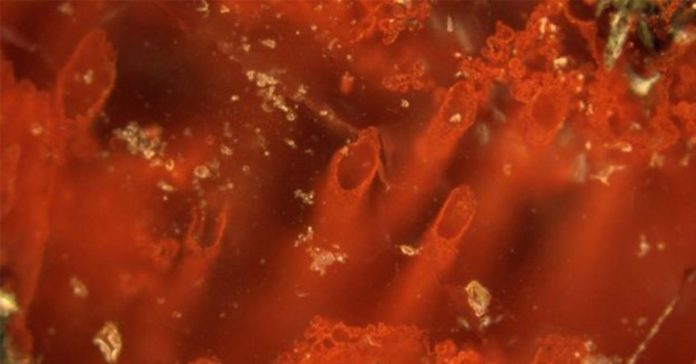Researchers at University College London (UCL) have discovered a 4.2 billion-year-old fossil which gives convincing evidence that organisms once lived, and could again live, on Mars. Their research was co-funded by NASA and published in the journal Nature.
Researchers found the microfossils, which are made of a form of rust called haematite, inside quartz layers of the Nuvvuagittuq Supracrustal Belt (NSB) in Quebec, Canada. Some of Earth’s oldest sedimentary rocks are in the NSB; scientist Dominic Papineau of UCL said the rocks in which they found the fossils have a minimum age of 3.77 billion years, but could be as old as 4.28 billion years. The rocks were likely part of a deep-sea hydrothermal vent system, from which sprung Earth’s very first life forms.
UCL PhD student and lead author on the paper Matthew Dodd said in a statement, “Our discovery supports the idea that life emerged from hot, seafloor vents shortly after planet Earth formed.”
The scientists had to determine if the haematite tubes and filaments truly did have biological origins; some scientists now consider fossils found in the past that originally competed for the title of world’s oldest as non-biological artefacts. But the scientists think it’s unlikely non-biological methods led to the Canadian fossils, which also have a structure similar to bacteria near hydrothermal vents today.
The findings may have implications for life elsewhere in the universe. Dodd said, “These discoveries demonstrate life developed on Earth at a time when Mars and Earth had liquid water at their surfaces, posing exciting questions for extraterrestrial life. Therefore, we expect to find evidence for past life on Mars 4,000 million years ago, or if not, Earth may have been a special exception.”















